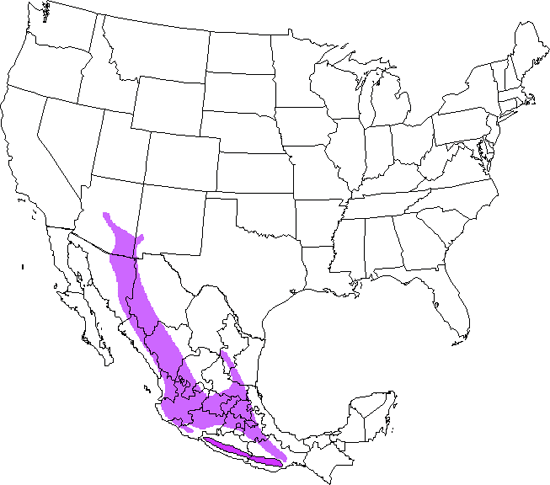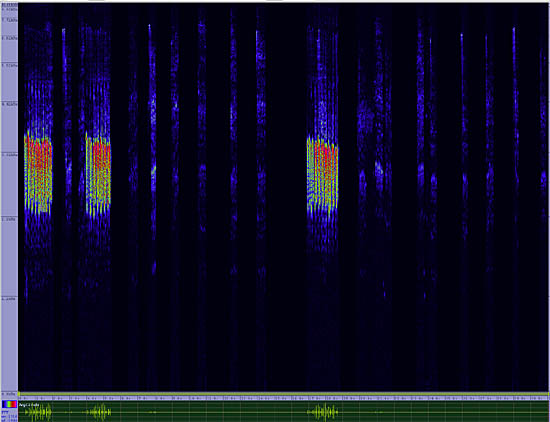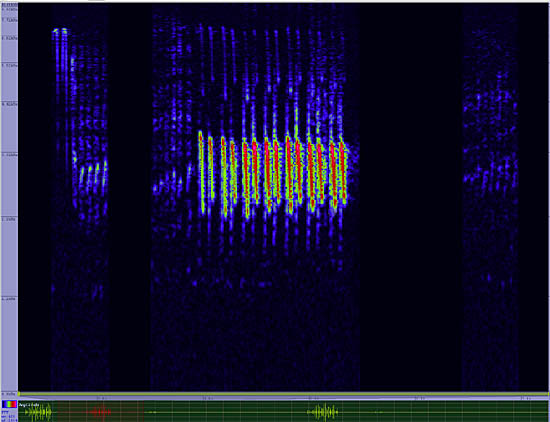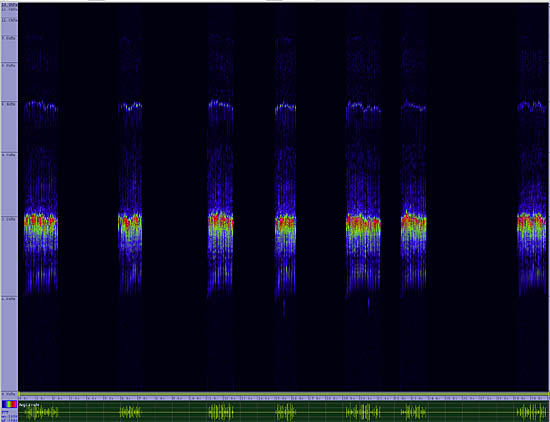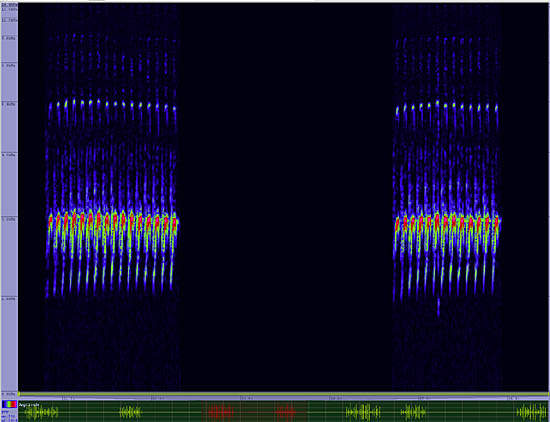Bridled Titmouse
Baeolophus wollweberi

Perching
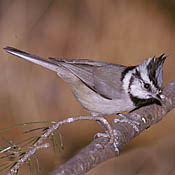
Length: 5 in. (13 cm )
Conspicuous and noisy, the Bridled Titmouse is a common species in pine-oak woodlands and riparian areas of the southwest. Small family groups often become the nucleus around which many other species form mixed foraging parties in the middle and upper levels of the forest. It feeds mainly on insects gleaned from leaves and vegetation. The nest is in a natural tree cavity.
The four-digit banding code is BRTI.
Bibliographic details:
- Article: Bridled Titmouse
- Author(s): Dr. Biology
- Publisher: Arizona State University School of Life Sciences Ask A Biologist
- Site name: ASU - Ask A Biologist
- Date published:
- Date accessed: 4 December, 2025
- Link: https://askabiologist.asu.edu/activities/bird/bridled-titmouse
APA Style
Dr. Biology. (). Bridled Titmouse. ASU - Ask A Biologist. Retrieved from https://askabiologist.asu.edu/activities/bird/bridled-titmouse
Chicago Manual of Style
Dr. Biology. "Bridled Titmouse". ASU - Ask A Biologist. . https://askabiologist.asu.edu/activities/bird/bridled-titmouse
MLA 2017 Style
Dr. Biology. "Bridled Titmouse". ASU - Ask A Biologist. . ASU - Ask A Biologist, Web. https://askabiologist.asu.edu/activities/bird/bridled-titmouse
Be Part of
Ask A Biologist
By volunteering, or simply sending us feedback on the site. Scientists, teachers, writers, illustrators, and translators are all important to the program. If you are interested in helping with the website we have a Volunteers page to get the process started.



